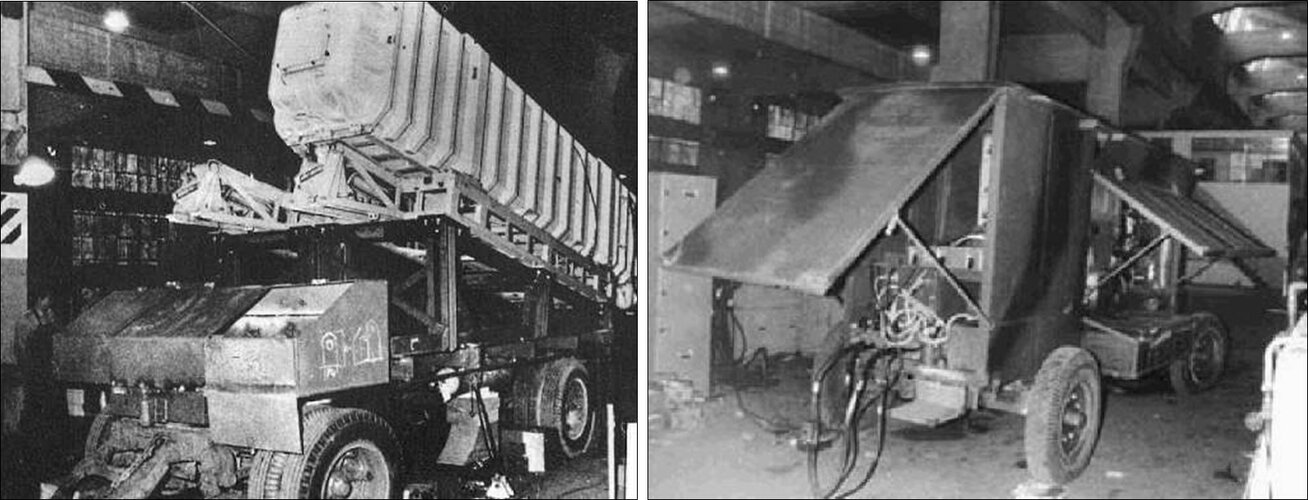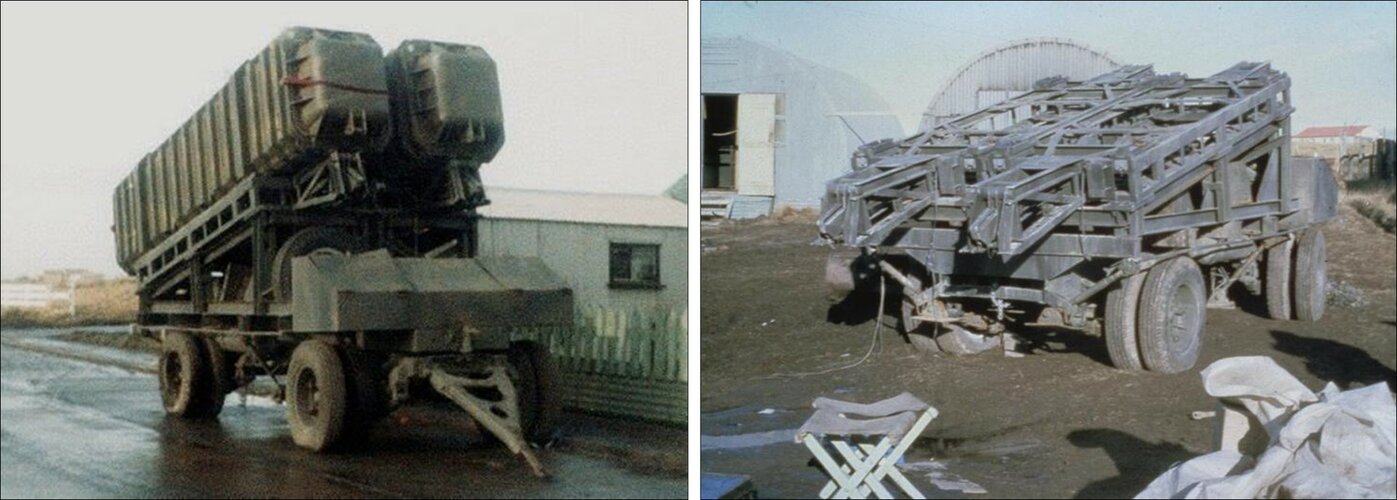- Joined
- 27 September 2006
- Messages
- 6,417
- Reaction score
- 6,823
Although the 50s are not my area it seems to me that the UK fails to produce its own Sabre equivalent and is rescued by Canadair.
Fine aircraft though the Hunter is, it is pretty basic.
Lightning is a clever upgrade of a typical 50s research test plane.
By 1970 the only modern fighter the RAF has flown is the Phantom. Tornado owes a lot to the Phantom. It has a similar weapons configuration and all weather capability.
I am sorry but the UK does not compare well with Sweden or France in developing combat aircraft.
Fine aircraft though the Hunter is, it is pretty basic.
Lightning is a clever upgrade of a typical 50s research test plane.
By 1970 the only modern fighter the RAF has flown is the Phantom. Tornado owes a lot to the Phantom. It has a similar weapons configuration and all weather capability.
I am sorry but the UK does not compare well with Sweden or France in developing combat aircraft.


